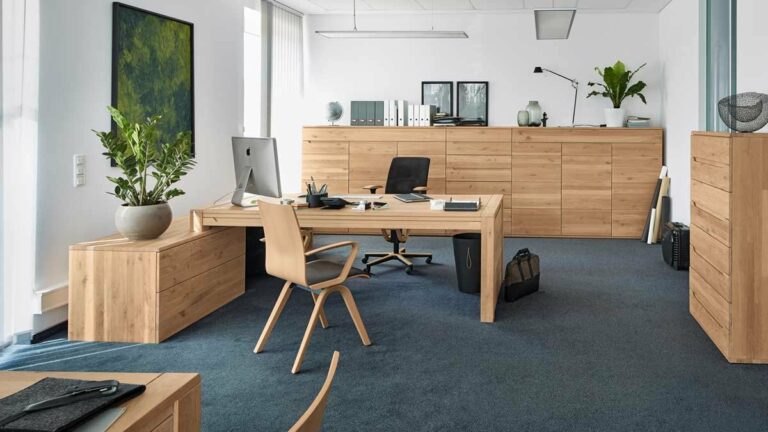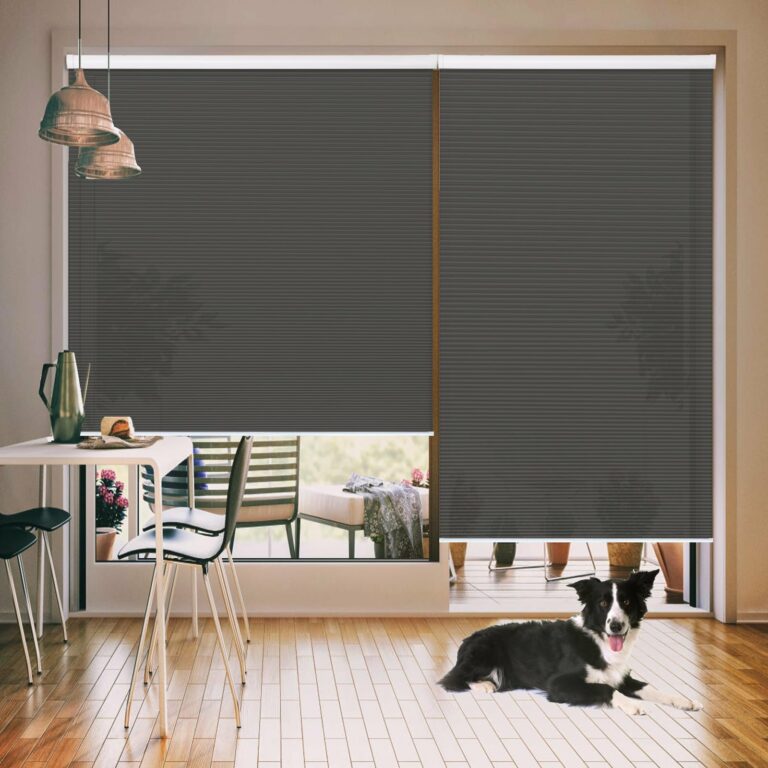What are some popular eco-friendly materials used in furniture?
What are some popular eco-friendly materials used in furniture? Wondering what materials to look out for? Well, you’re in luck! In this article, we’ll explore some of the most popular eco-friendly materials used in furniture.
From reclaimed wood to bamboo, there are plenty of options available to help you create a stylish and sustainable living space. So, if you’re ready to make a positive impact on both your home and the planet, let’s dive in and discover what are some popular eco-friendly materials used in furniture.
What are some popular eco-friendly materials used in furniture?
In today’s world, sustainability and eco-consciousness are becoming increasingly important factors in our purchasing decisions. As consumers, we are becoming more aware of the impact our choices have on the environment. This awareness extends to the furniture we bring into our homes as well. Eco-friendly materials provide an alternative to traditional ones, ensuring that we can furnish our spaces without harming the planet. Let’s explore some popular eco-friendly materials used in furniture and their benefits.
Bamboo
Bamboo is a rapidly renewable resource that has gained popularity in recent years. Here’s why it’s an excellent eco-friendly material for furniture:
- Fast-growing: Bamboo is one of the fastest-growing plants on Earth, making it a highly renewable resource. It can reach maturity in as little as three to five years.
- Minimal environmental impact: Bamboo requires fewer pesticides, fertilizers, and water compared to other wood species.
- Strength and durability: Bamboo has a higher tensile strength than many traditional hardwoods, making it a durable option for furniture.
- Versatile: Bamboo can be used to make various furniture pieces, including chairs, tables, and flooring.
Reclaimed Wood
Reclaimed wood refers to wood that has been salvaged from old structures, such as barns, warehouses, or even railway ties. Using reclaimed wood for furniture offers several benefits:
- Sustainability: By repurposing old wood, we reduce the demand for newly harvested trees, thus preserving forests and their ecosystems.
- Unique character: Reclaimed wood often showcases unique markings, patinas, and textures that add character and charm to furniture pieces.
- Strength and durability: Many reclaimed wood species, such as oak and pine, are known for their durability and strength, ensuring long-lasting furniture.
- Reduced carbon footprint: The use of reclaimed wood reduces the need for energy-intensive processes, like logging and milling, resulting in lower carbon emissions.
Cork
Cork is a versatile and sustainable material that offers numerous benefits when used in furniture design:
- Renewable resource: Cork is harvested from the bark of the cork oak tree, allowing the tree to regenerate and produce more cork over time.
- Lightweight: Cork is significantly lighter than traditional materials like wood or metal, making it easier to move and transport furniture.
- Comfortable and durable: Cork provides a comfortable seating surface and is resistant to wear, making it suitable for chairs and upholstery.
- Sound and thermal insulation: Cork’s natural properties make it an excellent insulator for both sound and temperature, providing a cozy and quiet environment.
Recycled Plastic
Recycled plastic has gained popularity as an eco-friendly material for outdoor furniture due to its sustainability and durability. Here’s why it’s a great choice:
- Reduced waste: By using recycled plastic, we divert waste from landfills and support the recycling industry.
- Durability: Furniture made from recycled plastic is resistant to fading, cracking, and rotting, making it ideal for outdoor use.
- Low maintenance: Recycled plastic furniture requires minimal maintenance, as it doesn’t need to be stained, sealed, or treated like wood.
- Wide range of options: Recycled plastic can be molded into various designs and colors, providing versatility and aesthetic appeal.
Organic Fabrics
When it comes to upholstery and textiles in furniture, choosing organic fabrics offers numerous advantages:
- Sustainable production: Organic fabrics are made from natural fibers, such as cotton or linen, which are grown without the use of synthetic pesticides or fertilizers.
- Health benefits: Organic fabrics are hypoallergenic and free from harmful chemicals, making them safer for both humans and the environment.
- Biodegradability: Natural fibers used in organic fabrics are biodegradable, reducing waste and environmental impact.
- Comfort and breathability: Organic fabrics provide excellent breathability and comfort, ensuring a cozy seating experience.
Recycled Materials
Using recycled materials in furniture production not only reduces waste but also creates unique and sustainable pieces. Here are examples of popular recycled materials:
- Recycled metal: Furniture made from recycled metal, such as aluminum or steel, helps reduce the need for new raw materials and the associated environmental impact.
- Upcycled wood: Upcycled wood refers to repurposed wood from various sources, including old furniture, shipping pallets, or construction materials.
- Recycled glass: Glass can be transformed into stunning furniture pieces, such as tabletops or decorative elements, reducing the demand for new glass production.
- Recycled textiles: Fabrics made from recycled materials, like plastic bottles or discarded clothing, offer a sustainable alternative for upholstery and cushions.
10 Eco-Friendly Building Materials | Sustainable Design
Frequently Asked Questions
What are some popular eco-friendly materials used in furniture?
1. Bamboo: Bamboo is a sustainable and fast-growing material that is popularly used in furniture production. It is durable, lightweight, and has a unique appearance that adds a touch of natural beauty to furniture pieces.
2. Reclaimed Wood: Reclaimed wood is sourced from old furniture, buildings, and other materials, making it an eco-friendly choice. By repurposing this wood, it reduces the demand for newly harvested trees and gives a rustic, one-of-a-kind look to furniture.
3. Recycled Plastic: Using recycled plastic in furniture helps reduce plastic waste and minimizes the environmental impact. It can be transformed into various shapes and designs, creating durable and long-lasting furniture pieces.
4. Cork: Cork is an eco-friendly material derived from the bark of cork oak trees. It is a renewable resource as the bark regenerates, making it a sustainable choice for furniture. Cork is lightweight, water-resistant, and has natural thermal insulation properties.
5. Hemp: Hemp is a versatile and eco-friendly material that can be used to make furniture. It is a fast-growing plant that requires little water and no pesticides. Hemp fibers are strong, durable, and can be woven into various textures for furniture upholstery.
6. Organic Cotton: Organic cotton is grown without the use of harmful chemicals, making it a more sustainable choice than conventional cotton. It is used for upholstery, cushions, and fabric covers in eco-friendly furniture.
7. Recycled Metal: Recycling metal for furniture production helps reduce the need for raw materials and minimizes energy consumption. Recycled metal can be used in furniture frames and accents, providing strength and stability to the pieces.
Final Thoughts
there are several popular eco-friendly materials used in furniture that offer both style and sustainability. Bamboo, known for its fast growth and durability, is a versatile choice for various furniture pieces. Reclaimed wood, obtained from salvaged or recycled sources, adds a rustic and unique charm while reducing deforestation. Recycled plastic, derived from post-consumer waste, provides a durable and low-maintenance option. Additionally, natural fabrics like organic cotton and hemp offer renewable alternatives to synthetic materials. By incorporating these eco-friendly materials in furniture production, we can contribute to a more sustainable and environmentally-conscious future.



